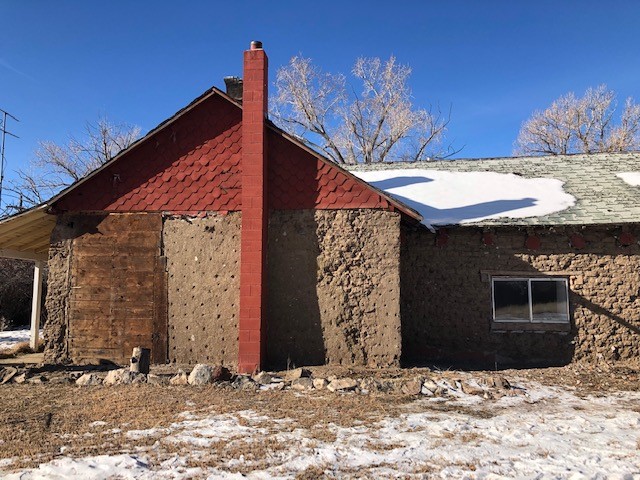
Year Listed: 2021
County: Conejas
Construction Date: 1885
Threat When Listed:
Status:
For a relatively brief, but formative period in Colorado, the Lafayette Head Home & Ute Indian Agency was the center of the universe for a diverse convergence of cultures and forces that changed the state’s history. The Lafayette Head Home & Ute Indian Agency was built by Lafayette Head in 1855 and played an important role in the founding and early history of Colorado.
Lafayette Head was an early settler in the San Luis Valley after serving in the Mexican-American War and establishing himself first as a prominent businessman in Santa Fe. He and his family then founded one of the first settlements in the Valley, naming it Guadalupe, but relocated it to higher ground and renamed it Conejos, where he built his compound in what is now the county seat of Conejos County. In 1859, Head was appointed as Special Agent to the Ute and Jicarilla Apache tribes, and served in this position for nine years, working especially with the Tabeguache Ute. Head used his home in Conejos as the agency headquarters. Head was also instrumental in treaty negotiations with the Ute tribes in Washington, D.C., that eventually led to the relinquishment of San Luis Valley lands to the United States and the establishment of the Southern Ute and Ute Mountain Ute reservations in far southwestern Colorado. When the Colorado Territory was established in 1861, the Head Home and Conejos became part of it. The Head House itself is representative of Indo-Hispano, Native American, Territorial, and early Colorado architecture.
Architect Ron Rael, Professor of Architecture at the University of California-Berkeley, is leading the effort to preserve the building and disseminate the history of the site as a cultural resource to the local and regional community. Rael is a descendant of the families who accompanied Head to the Valley and has strong ties to his family’s ranch east of Conejos.
“This property is rich with potential to contribute to the narrative of Colorado. Native Americans, many of whom were enslaved, the Hispano settlers, the French trappers, the Anglo traders, the military, the miners, the railroad builders, the irrigation developers, the sheep barons, the cattle ranchers, all crossed paths in this location. Colorado began HERE!
– Loretta Mitson, EPP Nomination Reviewer



